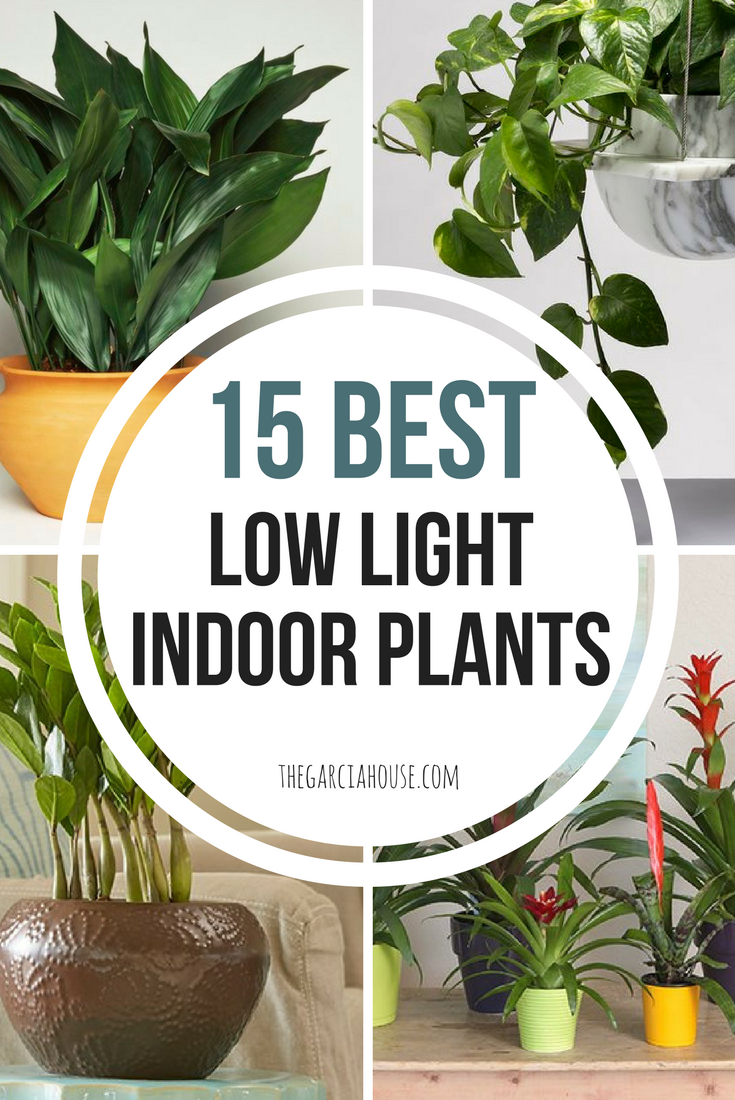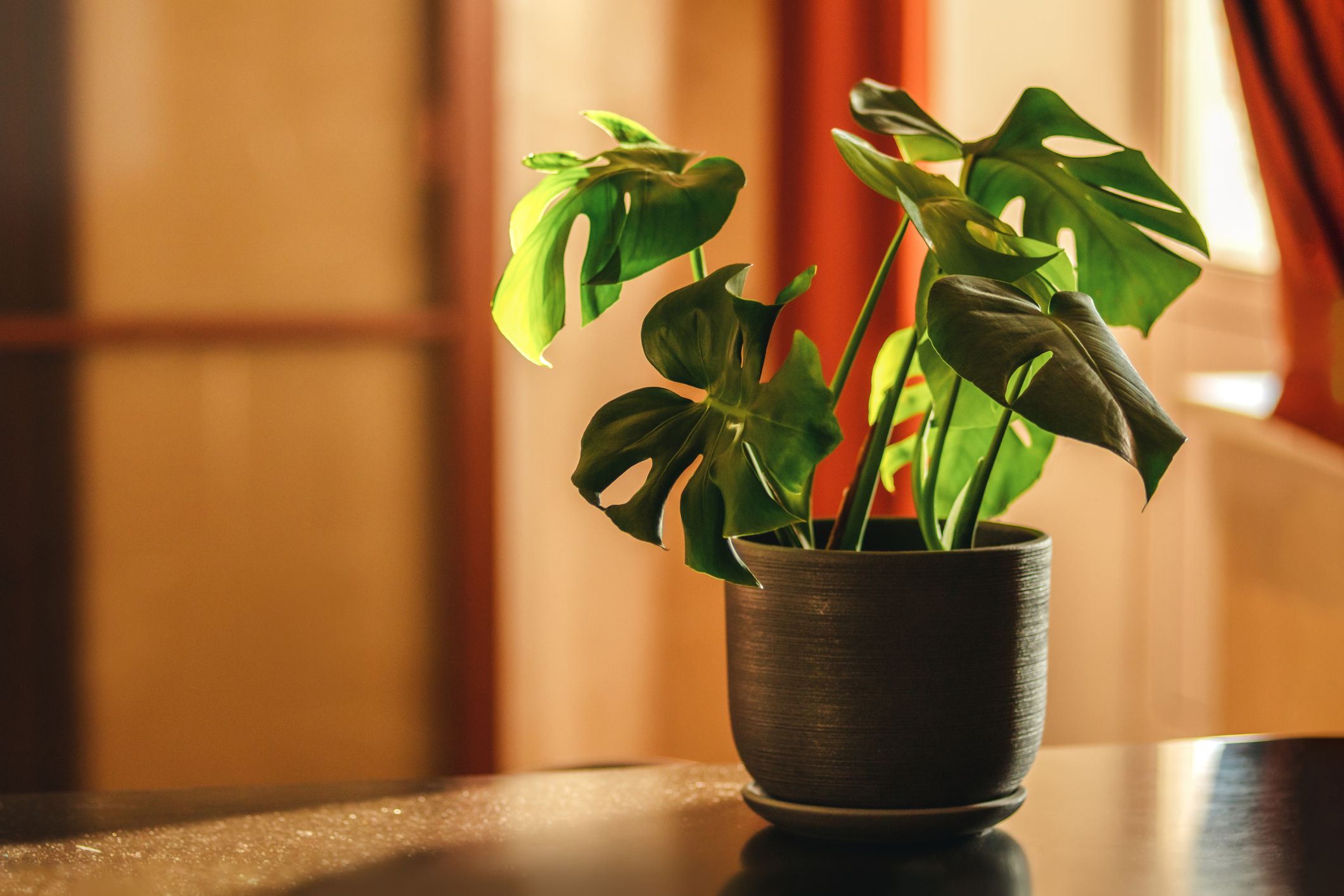The Best Low-Light Indoor Plants That Require Minimal Care and Attention
The Best Low-Light Indoor Plants That Require Minimal Care and Attention
Blog Article
Explore the Special Benefits of Low-Light Indoor Plants for Your Living Space
Integrating low-light indoor plants into your home offers a multitude of benefits that extend far past simple aesthetic appeals. These sturdy plants not just prosper in environments with restricted sunlight but additionally serve essential features such as air filtration and moisture improvement. They can favorably influence your state of mind and general well-being while requiring marginal upkeep. As you take into consideration the transformative capacity of these plants, it ends up being necessary to check out exactly how their one-of-a-kind features can customize your setting to much better serve your lifestyle. What specific benefits might reverberate most with your personal area?
Air Filtration Benefits
Low-light interior plants not only boost the aesthetic charm of living rooms but also play a considerable role in air filtration. Study has actually demonstrated that specific plant species can effectively remove usual interior toxins, consisting of formaldehyde, benzene, and trichloroethylene. These compounds often originate from home products such as furniture, cleaning items, and structure products, adding to indoor air top quality concerns.
Plants such as the serpent plant, pothos, and tranquility lily are especially experienced at filtering unsafe materials from the air while thriving in low-light conditions. The process of phytoremediation, in which plants take in and metabolize toxic substances, allows these species to contribute considerably to a healthier interior setting. In addition, through photosynthesis, plants release oxygen, better boosting air quality.
Integrating low-light indoor plants right into home or workplace areas not just supplies aesthetic advantages but also acts as a practical strategy for enhancing air top quality. By selecting the ideal varieties, individuals can create an atmosphere that promotes health and minimizes direct exposure to dangerous contaminants, making these plants a necessary component in contemporary indoor living.

Mood Improvement Results
Countless studies have actually revealed that including interior plants can substantially boost state of mind and general psychological health. The existence of greenery in interior environments has actually been connected to reduced anxiety degrees, enhanced feelings of peace, and improved psychological health. Low-light indoor plants, particularly, flourish in environments where natural light is limited, making them best for different living rooms.
Study suggests that interacting with plants can promote the release of serotonin, a natural chemical connected with feelings of happiness and well-being. In addition, the act of taking care of plants fosters a sense of responsibility and achievement, additional adding to favorable psychological health and wellness results. Low-light plants such as serpent plants, pothos, and peace lilies have actually been shown to enhance air high quality, which is fundamentally connected to state of mind improvement.
Including these plants into your office or home can develop a serene environment, offering a sensory and aesthetic getaway from the stress of every day life - Best low-light indoor plants. As people spend boosting quantities of time inside, the mood-enhancing impacts of low-light indoor plants come to be a lot more vital, offering not only visual charm however additionally an extensive influence on emotional health
Reduced Upkeep Needs
For those seeking to improve their interior areas without a considerable time commitment, low-light interior plants are a perfect option due to their reduced maintenance demands. These resistant plants prosper in less-than-ideal illumination problems, making them best for homes and offices where all-natural sunshine is restricted.

Pest resistance is an additional benefit of low-light indoor plants. Numerous ranges are less susceptible to usual bugs, minimizing the requirement for consistent surveillance and intervention. These plants typically grow much more slowly than their high-light equivalents, meaning much less frequent repotting and pruning are needed.
Aesthetic Allure and Adaptability

In addition, these plants can be prepared in myriad means, whether in groups for a lush result or as standalone attributes to attract the eye. The selections of planter designs-- from sleek ceramic pots to rustic wood containers-- further boost their aesthetic worth, permitting homeowners to reveal their personal design.
Furthermore, low-light plants can be strategically positioned in locations that might otherwise really feel disregarded, such as corners or dimly lit shelves, consequently maximizing their decorative potential. Inevitably, the combination of their striking appearance and flexibility makes low-light indoor plants a useful addition to any space, producing an inviting atmosphere that advertises wellness and leisure.
Boosted Moisture Levels
Enhancing indoor moisture levels is among the substantial advantages of integrating low-light interior plants into living rooms. These plants normally release wetness vapor via a process called transpiration, which takes place when water taken in by the roots relocates via the plant and evaporates from the leaves. This process not just boosts moisture but also adds to a much healthier interior setting.
Improved humidity degrees can alleviate different health and wellness concerns, such as completely dry skin, respiratory system troubles, and allergies. Several individuals experience pain in arid indoor conditions, particularly throughout winter months when heating unit remain in usage. By purposefully placing low-light plants throughout your home, you can produce an extra well balanced humidity level that cultivates you can find out more overall wellness.
Additionally, certain low-light indoor plants, like tranquility lilies and crawler plants, are specifically effective at enhancing humidity (Best low-light indoor plants). Therefore, low-light interior plants serve both practical and aesthetic functions, promoting a much healthier ambience.
Verdict
In recap, low-light interior plants use various advantages that contribute to a much healthier and much more inviting living room. Incorporating these resilient plants right into indoor setups not only boosts the setting yet also advertises overall well-being, establishing a serene refuge for residents.
Plants such as the snake discover this plant, pothos, and peace lily are particularly skilled at filtering harmful compounds from the air while growing in low-light problems. Low-light plants such as snake plants, pothos, and peace lilies have actually been shown to improve air top quality, which is inherently connected to state of mind enhancement.
Low-light interior plants, such as serpent plants, pothos, and ZZ plants, not just improve the visual landscape of a space but also present numerous appearances and shades of environment-friendly that can enhance diverse indoor designs. These plants naturally release dampness vapor with a procedure recognized as transpiration, which takes place when water taken in by the roots moves through the plant and vaporizes from the fallen leaves.Additionally, particular low-light indoor plants, like peace lilies and crawler plants, are specifically efficient at enhancing moisture.
Report this page